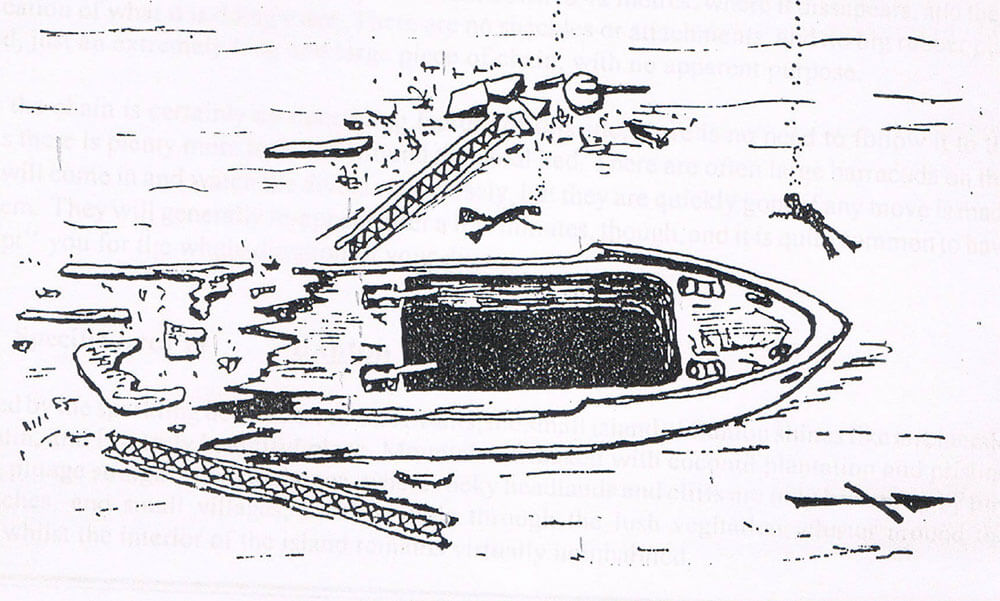Blue Ribbon’s Around Mindoro 2017 Trip

This video is from the first day of Blue Ribbon’s Around Mindoro 2017 Trip, with Mactan Ferry and The Conception Wreck first up on our scuba agenda.
Mactan Ferry
 This is one of the most beautiful wreck dives in the Philippines, and the site is easily reached overnight from Puerto Galera.
This is one of the most beautiful wreck dives in the Philippines, and the site is easily reached overnight from Puerto Galera.
In the year 1973 the Mactan Ferry was on it’s regular passage from Cebu to Manila – fully loaded with passengers and cargo. High waves were battering her in the dark when a sudden freak wave broached her, making the ship impossible to manoeuver. Her fate was sealed. Fortunately for passengers and crew (and us divers today) the ship was very close to shore – near Maestre de Campo Island. A line was quickly brought from the shore – and all souls on board were rescued to safety.
“The Ferry” is usually dived by attaching a line straight to the wreck making access quick and easy. The shallowest part of the wreck is the bow – which is reached at only 20m, the stern rests at 48m.
This wreck pleases recreational and technical divers alike, because it offers something for everybody! She lies on her side, and because of the clear water recreational divers can enjoy the wreck from the outside and also make some safe (guided) swim-throughs, while true wreck aficionados can plan some serious penetration dives that lead through the entire ship.There is a huge rock right behind the stern which leads even deeper and offers great marine life including pelagic species, but the entire wreck offers homes to all kind of fish and critters.
The great thing is the very good visibility which almost guarantees a fantastic dive.Some even deeper dives that include the Rock, and debris searches in very deep waters can be executed as well.The best diving weather here is between April and November.
Conception Wreck (also known as Japanese Wrecks)
Right in the harbour of Maestre de Campo are two wrecks perpendicular to each other at a depth of 30m.
The bigger one clearly is a cargo vessel with most part of the stern destroyed by aerial bombs in WWII. Big winches are still visible on the back of the cargo hold and the chain locker can be penetrated.
The entire length is about 60 m. Next to this wreck are the remains of a smaller wooden vessel which most likely was moored next to the bigger ship when they were attacked. What is left is basically the keel and parts of the hull with engine parts, bottles etc. still lying scattered around the wreck.
Here some research details from Neil Krumbeck (Snake) of Puerto Galera:
These two boats were called Sea Trucks by the Japanese or Kaijo Torraku. The steel one would most likely have been built in Japan but the wooden one would’ve been built here in the Philippines.
In early 1943 the Japanese implemented a mass production program to build wooden coastal freighters, ranging in size from 100 to 500 tons, in Burma, Thailand and the Philippines where good timber was plentiful and planned on producing a million gross tons of these vessels per year by the end of 1944. They didn’t actually get near this target, but nevertheless built hundreds of them in boatyards on all the major islands here. Steel ones of this size were referred to by the Americans as “Sugar Charlie Sugar” and the wooden ones as ” Sugar Dogs”, wooden vessels under 100 ft in length were called Luggers, so this one could be a Sea Truck or Lugger.







